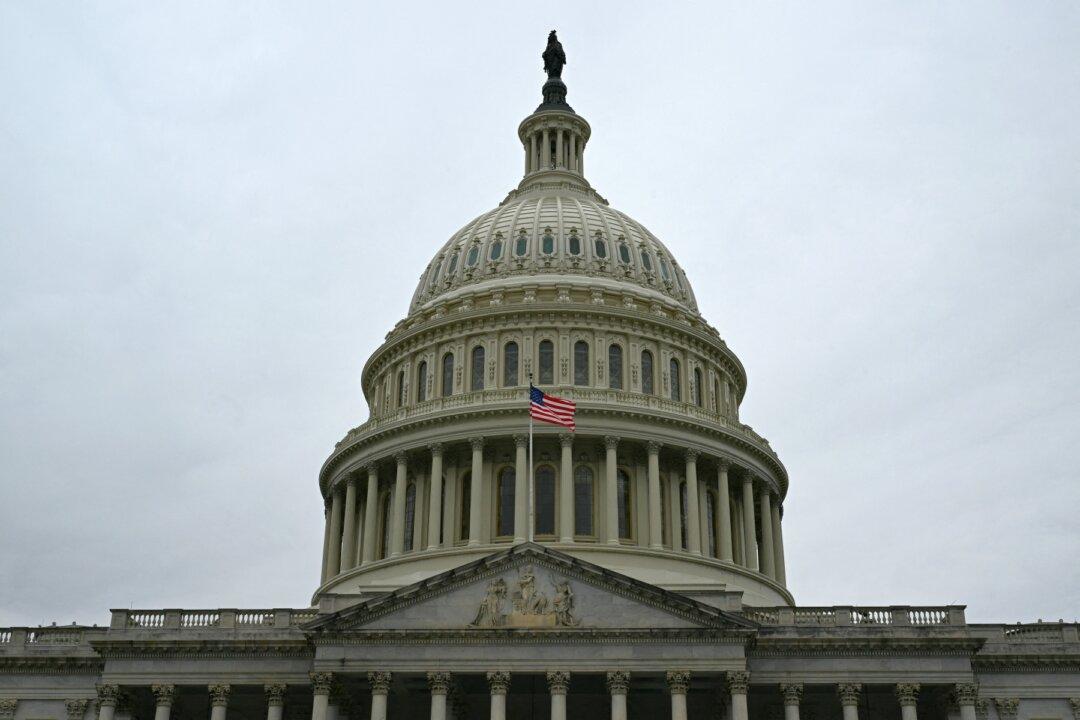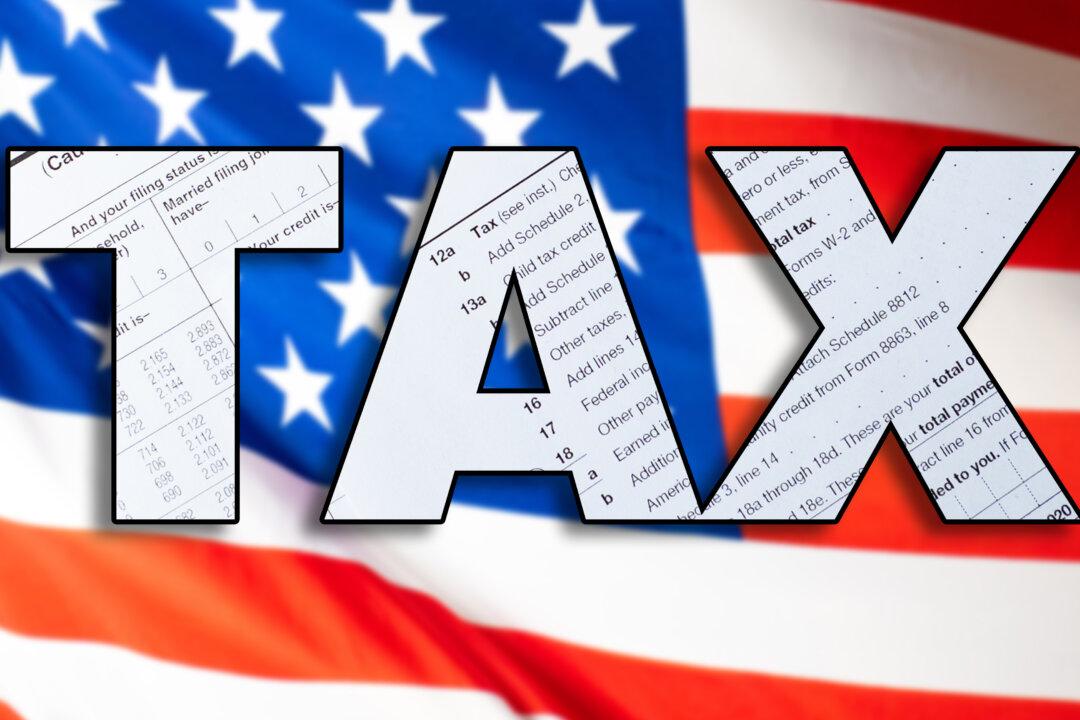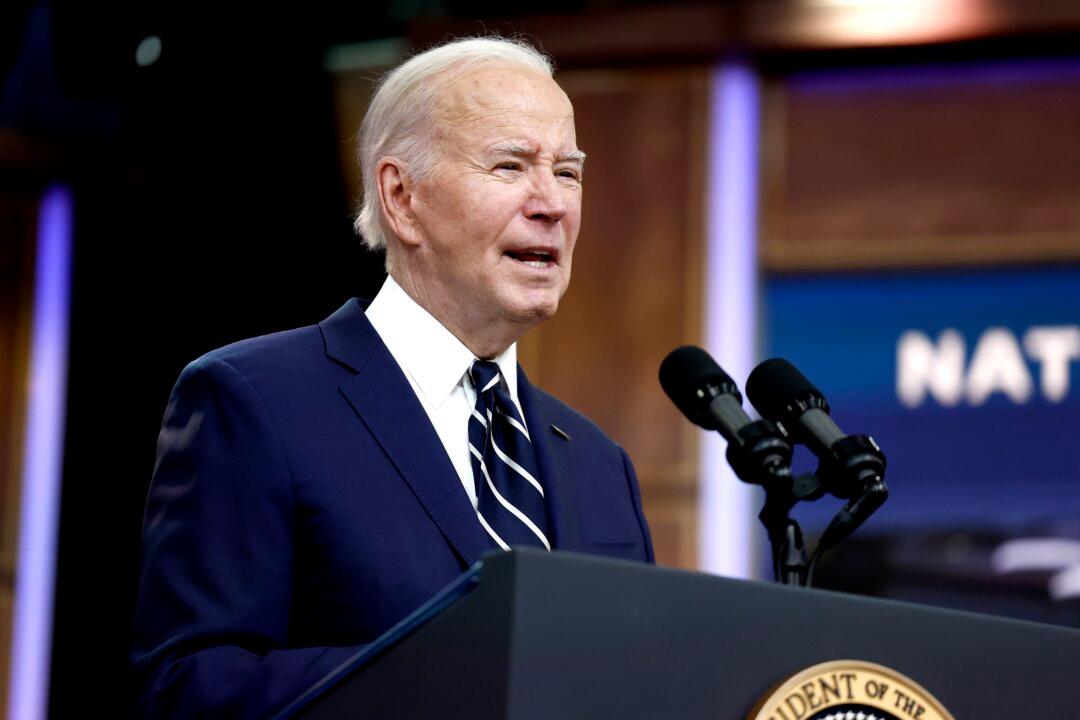It was nearly 50 years ago that a liberal Congress completely dominated by Democrat big spenders passed a new set of budget rules—the Congressional Budget and Impoundment Control Act of 1974.
It has been a complete and unmitigated disaster. Since the act’s passage, the budget has been balanced four times and unbalanced 46 times. This was by design. Despite being called a “budget reform” law, the act was intended to grease the skids for new spending, but even Congress members of the ’70s who designed it that way couldn’t have imagined the Pandora’s box of spending and debt it uncorked.
The law’s intention was to loosen restrictions on congressional spending, and to that extent, it worked.
This year, Congress hit a new low. Even with record-high deficits of nearly $2 trillion a year, Democrats and Republicans on Capitol Hill held hands in bipartisan agreement to spend $95 billion on a foreign aid bill for Ukraine and Israel without one penny being paid for with offsetting spending cuts—even though the flabby budget now exceeds $7 trillion.
Both parties have bought into the idea of “modern monetary theory,” a crackpot scheme that says the U.S. government can spend and borrow to kingdom come—which may arrive a lot sooner than we think if we stay on this financial path. In just the first three months of this year, Congress borrowed another half-trillion dollars. The members of Congress should be wearing T-shirts that read, “Stop us before we spend again!”
I’d like to suggest some commonsense ideas; it’s time for citizens to impose a fiscal restraining order on Congress and the White House.
Recipients of federal assistance, federal employees, and those who run federal agencies would receive this year $6 trillion in budget stamps. (Interest on the debt is excluded.)
But that money in total would be worth only the amount of money expected to be collected in taxes that year. So if tax collections were estimated at 90 percent of the spending, then every budget stamp would be worth 90 cents, not $1. The bigger the expected deficit, the less a budget stamp would be worth.
This would create a competition for dollars between agencies and programs. Each dollar allocated to foreign aid programs would be one less dollar available for the Pentagon, Social Security recipients, defense contractors, green energy programs, bilingual education, and sugar subsidies.
Deficits would be impossible, since the government under the new rule would be incapable of spending more than it took in. Because Congress’s salaries (and staff) would be paid in budget stamps, Congress would be financially incentivized to cut unnecessary and wasteful spending.
Almost no one in the Washington swamp will like these ideas—all the more reason to adopt them.






